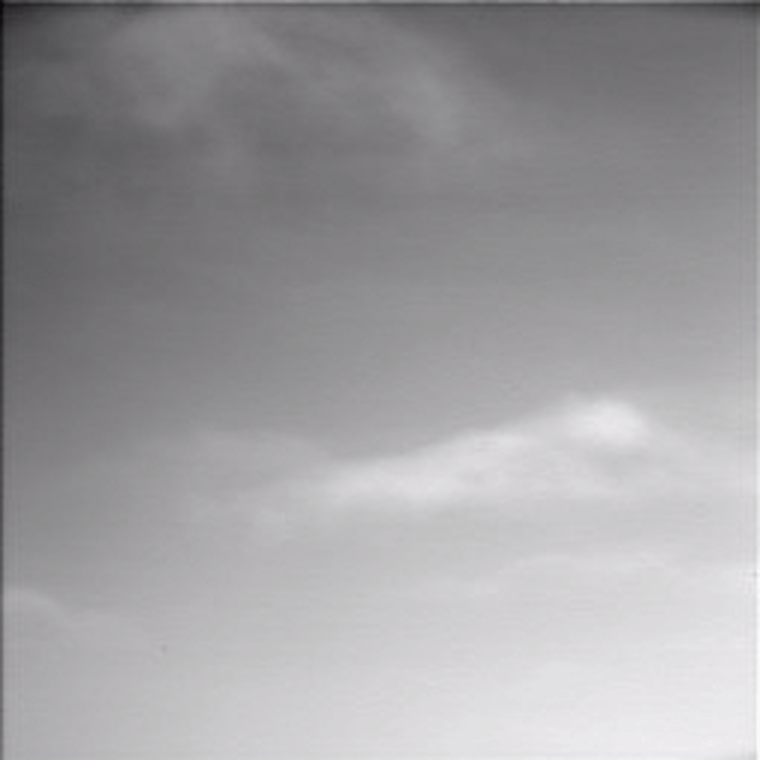The planet Mars conjures images of red rocks and arid, dusty plains, but as NASA's Phoenix Mars Lander showed last year, it snows on Mars.
The stationary robot observed ice crystals falling to the Martian surface near the end of its five-month mission in the arctic Vastitas Borealis plains last year. Scientists provided further details on this finding and others in a set of four papers in Friday's issue of the journal Science. The research could help shed light on the past and present action of water on the Martian surface and characterize the potential habitability of the Red Planet.
Phoenix landed on the Red Planet on May 25, 2008, with a mission to dig up and analyze samples of Martian dirt, confirm the existence of a subsurface layer of water ice and observe the weather at its far northern locale.
Cirrus clouds...
Spacecraft orbiting Mars had previously detected clouds high up in the Martian atmosphere and low-level ice fog, "but they've never seen precipitation," said James Whiteway of York University in Canada, the lead scientist for Phoenix's meteorological instruments.
From its vantage point on the Martian surface, Phoenix used its LIDAR (light detection and ranging) instrument, supplied by the Canadian Space Agency, to emit laser pulses upward into the atmosphere. The instrument detected clouds and precipitation above Phoenix's landing site.
The clouds were low-level, wispy clouds made up of ice crystals, similar to the cirrus clouds that form over Earth's polar regions in the winter. Whiteway also likened them to the thin clouds jet planes fly through high in the Earth's atmosphere.
"The thin, wispy clouds up there have a similar water content," he told Space.com.
The clouds didn't begin forming until around the mission's 80th or 90th Martian day (or sol), when air temperatures were cool enough for water vapor in the atmosphere to condense out, Whiteway explained.
As the mission wore on, the clouds became thicker, lower to the ground and persisted for longer.
...And snow
The snow didn't come until close to the end of the mission. It too is similar to the snow that falls to the ground at Earth's poles, sometimes called "diamond dust." Whiteway describes it as "ice crystals sparkling in the air."
The snow wasn't enough to build a snowmartian with, however, amounting to only a couple micrometers (there are 1,000 micrometers in a millimeter) a day if it was melted on the surface, Whiteway said.
The observations show that "precipitation is a component of the hydrologic cycle" on Mars, which was not suspected before the Phoenix mission, Whiteway said.
How the finding might impact our understanding of the global Mars water cycle — both now and in the distant past, when the planet is suspected to have been warmer and wetter — is not yet known.
The new information can be used to modify Martian climate models, which currently don't feature these newly discovered clouds and precipitation, "and then we'll see what the implications are," Whiteway said.
